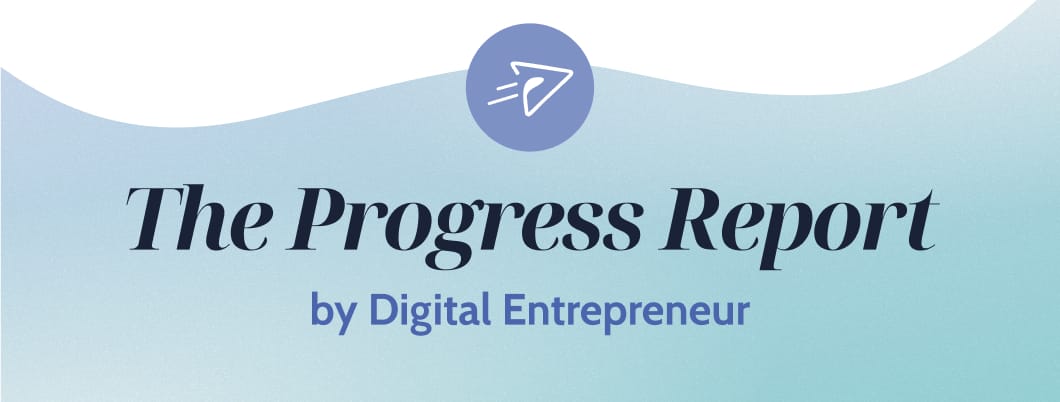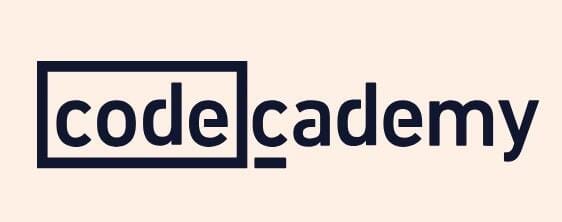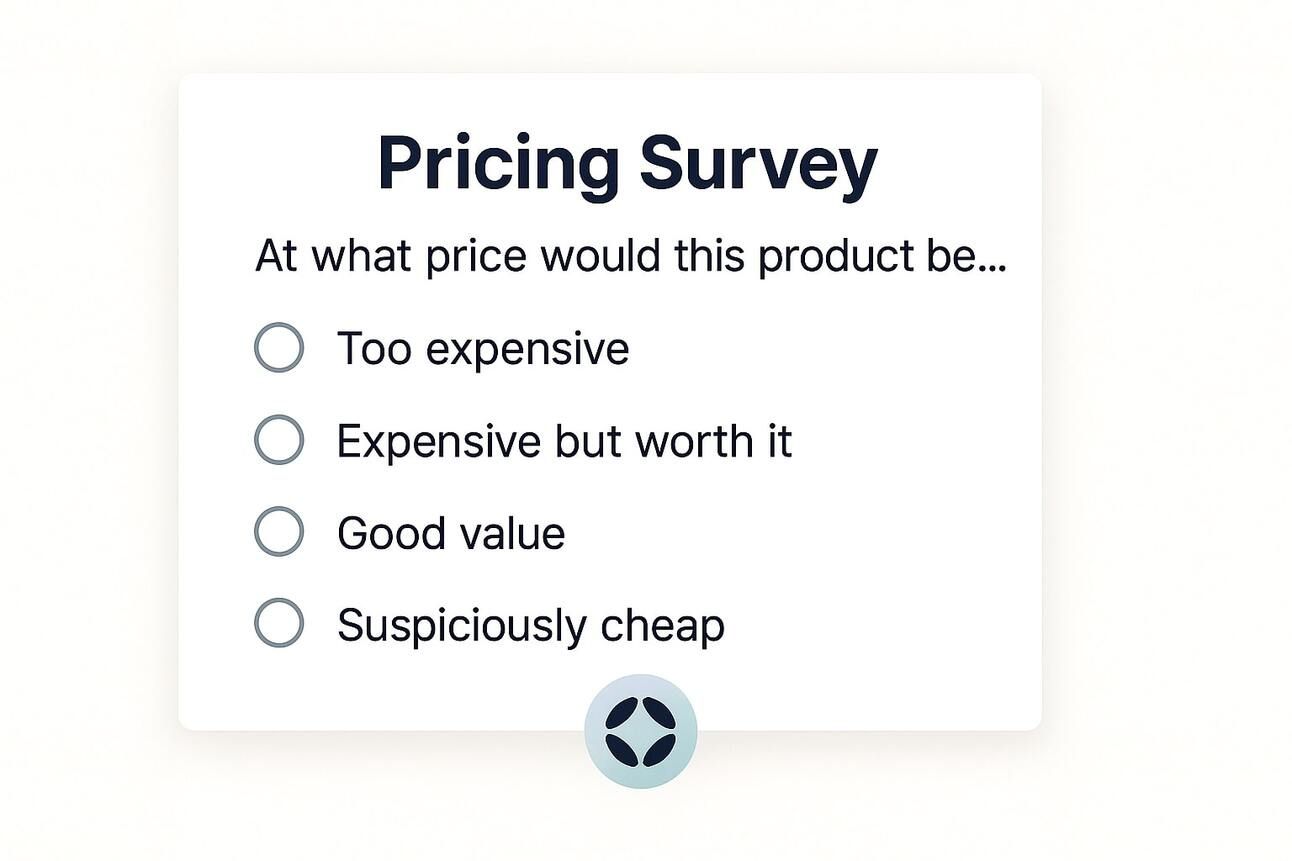
June 13, 2025
In partnership with

Some entrepreneurs set prices based on what “feels right.” Others obsess over competitor pricing. The brave ones might even ask a few friends what they'd pay.
Each of these approaches can be chalked up to glorified guesses.
There are ways to discover exactly what your ideal customers are willing to pay, before you even launch your offering. Today, we’ll cover two of them.
My favs are the Van Westendorp and Gabor-Granger frameworks. They’re essentially just fancy surveys, but built specifically to reveal your customers’ ideal price points. Oh, and they take barely any time to put in action.
In this newsletter:
How Superhuman used customer data to confidently price at $30/month
A step-by-step to survey your customers, using these frameworks
Sponsored
Learn in-demand topics with Codecademy
Prepare for top industry certifications and more with Codecademy.
The Progress Report readers can save 15% on an annual Pro membership and unlock access to over 600 interactive courses on in-demand topics like AI, cybersecurity, data science and more.
Just use code SKILLUP15 for 15% off at checkout.
Weekly Insight

Getting your price right feels like magic. Luckily, there's a recipe for this potion.
Rahul Vohra started building Superhuman, a premium email client, in 2015. He was looking to create something faster, sleeker and more powerful than Gmail.
But how much should something like that cost?
Rather than guess-and-check or letting some business advisor decide for him, Vohra wanted to be intentional about Superhuman’s pricing.
He surveyed hundreds of early users with four specific questions designed to uncover their price sensitivity (that I’ve laid out in the next section of the newsletter).
These questions weren’t explicit, like “What would you pay?” (because people are bad at answering that kind of thing). They’re contextual questions about when a price feels too cheap, too expensive or Goldilocks’ favorite: just right.
The method Vohra used is called the Van Westendorp Price Sensitivity Meter. It's been around since 1976, yet still holds up.
When Vohra asked users “At what price would you consider Superhuman a bargain; a great buy for the money?” the median answer was $29 per month.
Just like that, he had pricing clarity.
But he didn't stop there. Because he was positioning Superhuman as a premium tool, Vohra rounded up to $30. His reasoning? “Rounded prices signal quality; prices that end in a 9 signal a bargain.”
The $30 price point was rooted in what his actual customers said they'd happily pay. And pay, they did.
Vohra was able to launch Superhuman with confidence, attracting the right customers at a price that was sustainable for the business. All whilst avoiding the existential pricing anxiety that keeps founders up at night.
The moment you make a mistake in pricing, you’re eating into your reputation or your profits.
Intent to Action

I promised I’d explain the models, so I will. But this section is called intent to action for a reason. I’ve included instructions for testing your pricing, directly following the explanations.
The Van Westendorp Method (Best for finding a price range)
Ask your customers these four questions about your offering:
Too expensive: “At what price would this be so expensive that you wouldn't consider buying it?”
Expensive, but still worth it: “At what price would this start getting expensive, but still be worth considering?”
Good value for money: “At what price would you consider this a bargain—a great buy for the money?” (this is where most first time founders want to be, to get money and feedback coming in the door)
Suspiciously cheap: “At what price would this be so cheap that you'd question the quality?”
Side note: you need to know exactly what your offering is and what it does to make this exercise effective. If you just ask people what they’d pay for “marketing services,” you’ll get an incoherent range. If you specify that it’s “A-Z management of Google Ads,” people will be more equipped to answer you effectively.
The Gabor-Granger Method (Best for stress-testing specific price points)
If you already have a rough price in mind, test 3-4 specific prices with this simple question: “Would you buy [offering] for $X?”
Present different prices to different groups of prospective customers and measure the percentage who say yes. The goal here is to see how demand falls off (or holds up) as prices rise, so that you know exactly where you should be pricing.
PS: the exactitude of this survey varies depending on whom you sell to. B2B buyers almost always negotiate deals—especially with startups. B2C buyers, on the other hand, tend to either buy or walk away.
How to implement these surveys:
Step 1: Build a simple survey using Google Forms or Typeform. Include 2–3 sentences describing your offering, then add your pricing questions.
Step 2: Send it to 50–100 people who match your ideal customer profile. Past customers, email subscribers or social media connections work great. Offer a small incentive like buying them a coffee for completing the survey. (People tend to remember small things like this)
Step 3: Analyze the results. For Van Westendorp, plot the four responses and consider how you want your offering to be positioned—that's your optimal price range. For Gabor-Granger, find the price where demand starts dropping significantly.
Step 4: Test your findings with a small pilot launch once your offering is ready. The easiest people to convert are going to be those you’ve surveyed, who responded favorably to your offering.
PS: Writing this made me realize I haven’t written an issue about finding your ideal customer profile (ICP).
Is that something you’d find useful? 👇
Sponsored
Stay In The Business Know with 1440
Are you looking for easy breakdowns and knowledge deep dives on the latest key concepts to help you understand business and finance topics? Finance news doesn’t have to be confusing. 1440’s weekly newsletter explains markets, policy, and investing in plain English—complete with charts, context, and links to learn more.
Closing Thought
Asking customers about pricing feels vulnerable. What if they lowball you? What if they think your idea is stupid?
But, as I’ve talked about before, vulnerability is a good thing. If you're building something valuable, your customers want to help you price it fairly. They have skin in the game too—your success means you can keep making their lives better.
Your pricing doesn't have to be perfect on day one. But it should be intentional.
Next week, I’m diving into the TikTokification of… everything. How we discover and consume online content is quietly changing, and it’s very good news for entrepreneurs trying to get discovered.
See you then.


